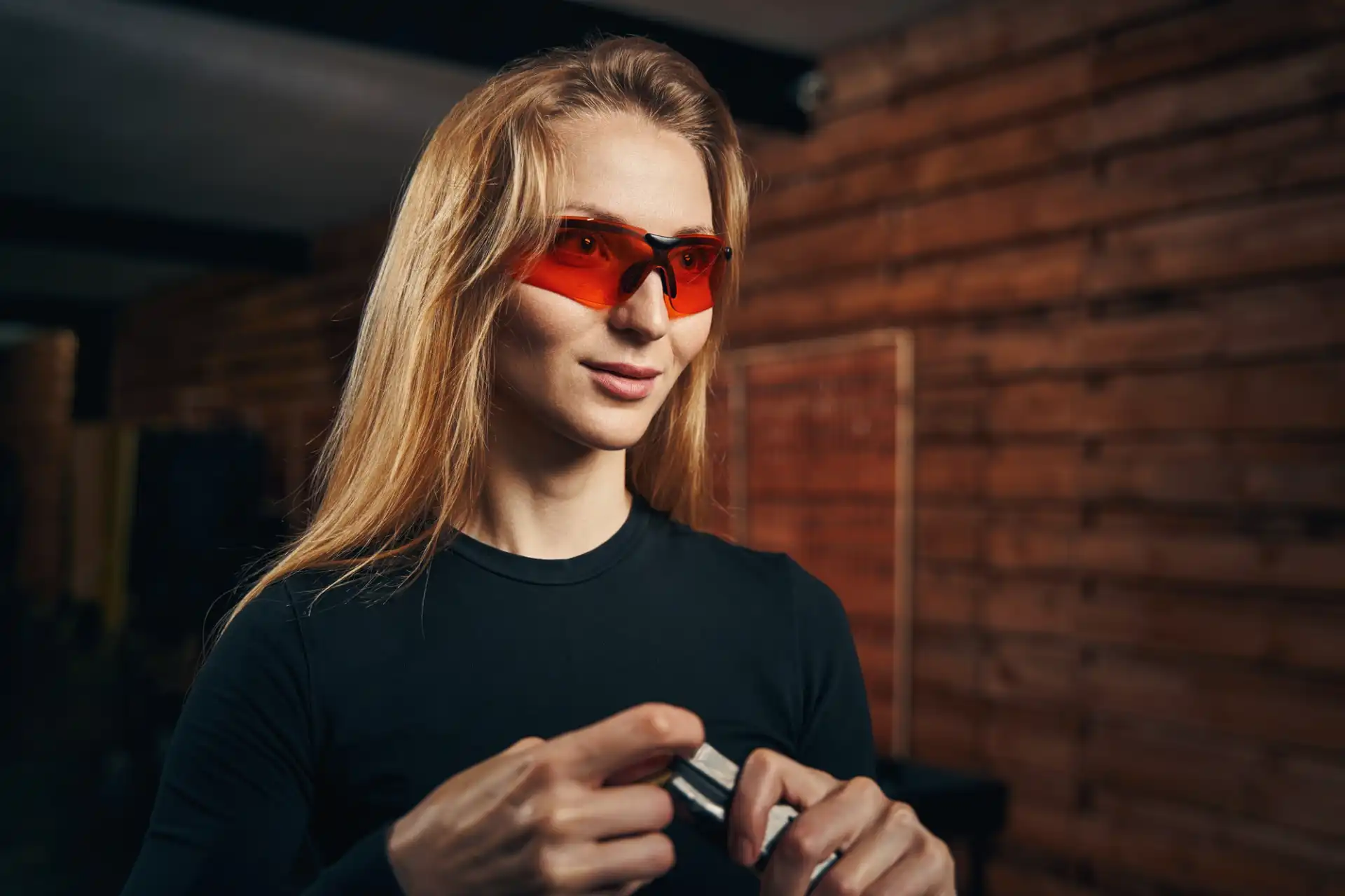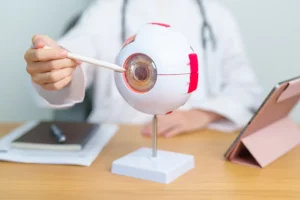Vision and Safety for the Active Lifestyle
Whether you’re an athlete or a weekend warrior, protecting your eyes during sports is essential for maintaining vision and avoiding injuries. Protective sports eyewear is designed to provide both safety and performance, shielding your eyes from impact, debris, and harmful UV rays while enhancing your visual clarity.
This guide explores the importance of protective sports eyewear, the types available, and how to choose the best option for your activity.
Why Is Protective Sports Eyewear Important?
Eye injuries are common in many sports, often caused by flying objects, physical contact, or environmental hazards like UV rays or wind. Without proper eyewear, you risk:
- Scratches or cuts from debris.
- Blunt force injuries from balls, rackets, or opponents.
- Long-term damage from UV exposure.
Protective eyewear reduces these risks, ensuring you can focus on your game without compromising your eye health.
Key Features of Protective Sports Eyewear
- Impact Resistance
- Made from durable materials like polycarbonate or Trivex, protective eyewear can withstand high-impact hits.
- UV Protection
- Shields your eyes from harmful ultraviolet rays, especially during outdoor sports.
- Anti-Fog Coating
- Prevents fogging, ensuring clear vision even in humid or cold conditions.
- Wraparound Design
- Offers better peripheral vision and protects against wind, dust, and debris.
- Comfortable Fit
- Adjustable straps and padding ensure a snug fit that stays secure during intense activity.
Sports That Require Protective Eyewear
1. Basketball
- Risks: Flying elbows, balls, and accidental collisions.
- Recommended: Impact-resistant goggles with a snug strap to stay in place.
2. Baseball and Softball
- Risks: High-speed pitches and hits.
- Recommended: Polycarbonate lenses with UV protection for outdoor play.
3. Soccer
- Risks: Elbows, heads, and collisions.
- Recommended: Wraparound frames with impact-resistant lenses.
4. Cycling
- Risks: Wind, dust, and debris.
- Recommended: Sunglasses with photochromic lenses for changing light conditions.
5. Racquet Sports (Tennis, Squash, Badminton)
- Risks: Fast-moving balls or shuttlecocks.
- Recommended: Lightweight, impact-resistant glasses with a secure fit.
6. Skiing and Snowboarding
- Risks: UV rays, wind, and snow glare.
- Recommended: Goggles with anti-fog and polarized lenses.
7. Swimming
- Risks: Pool chemicals and water-borne irritants.
- Recommended: Swim goggles with UV protection and anti-fog features.
Types of Protective Sports Eyewear
1. Sports Goggles
- Features: Fully enclosed lenses for maximum protection.
- Best For: Basketball, soccer, racquet sports.
2. Protective Sunglasses
- Features: Tinted or polarized lenses for glare reduction.
- Best For: Outdoor sports like cycling, skiing, and baseball.
3. Swim Goggles
- Features: Watertight seal and UV protection.
- Best For: Competitive and recreational swimming.
4. Face Shields and Helmets
- Features: Integrated eye protection within a helmet.
- Best For: Hockey, football, and lacrosse.
Lens Materials for Protective Sports Eyewear
- Polycarbonate: Lightweight, impact-resistant, and UV-protective.
- Trivex: Offers similar durability to polycarbonate but with better optical clarity.
- Photochromic Lenses: Adjust to changing light conditions, ideal for outdoor sports.
- Polarized Lenses: Reduce glare from reflective surfaces like water or snow.
Customizing Protective Sports Eyewear
- Prescription Lenses:
- Athletes with vision correction needs can get custom prescription sports goggles or sunglasses.
- Tinted Lenses:
- Choose tints that enhance contrast for specific sports:
- Amber or yellow for low-light conditions.
- Gray for bright sunlight.
- Choose tints that enhance contrast for specific sports:
- Adjustable Features:
- Look for adjustable straps and padding to ensure a comfortable, secure fit.
Tips for Choosing Protective Sports Eyewear
- Match the Eyewear to the Sport:
- Different sports require different levels of protection and features.
- Look for Certified Protection:
- Ensure the eyewear meets ASTM (American Society for Testing and Materials) standards for sports safety.
- Prioritize Comfort:
- Choose lightweight frames and materials that won’t interfere with your performance.
- Check for Anti-Fog and UV Protection:
- Essential for clear vision in both indoor and outdoor sports.
FAQs About Protective Sports Eyewear
Q: Can children wear protective sports eyewear?
A: Absolutely! In fact, children are more prone to sports-related eye injuries and should always use protective eyewear tailored to their sport and size.
Q: Do protective goggles fit over regular glasses?
A: Some goggles are designed to fit over glasses, but prescription sports eyewear is a better option for comfort and performance.
Q: How do I clean protective sports eyewear?
A: Use a soft microfiber cloth and a mild lens cleaner. Avoid abrasive materials that could scratch the lenses.
Conclusion: Protect Your Vision, Play Your Best
Protective sports eyewear isn’t just about safety—it’s about enhancing your performance and ensuring you can focus on the game without worrying about your eyes. With options tailored to every sport, there’s no reason to compromise on vision or comfort.
At Bridgemill Eyecare, we offer a range of high-quality protective eyewear designed for athletes of all levels. Visit us today to find the perfect pair for your sport and protect your vision for years to come.





